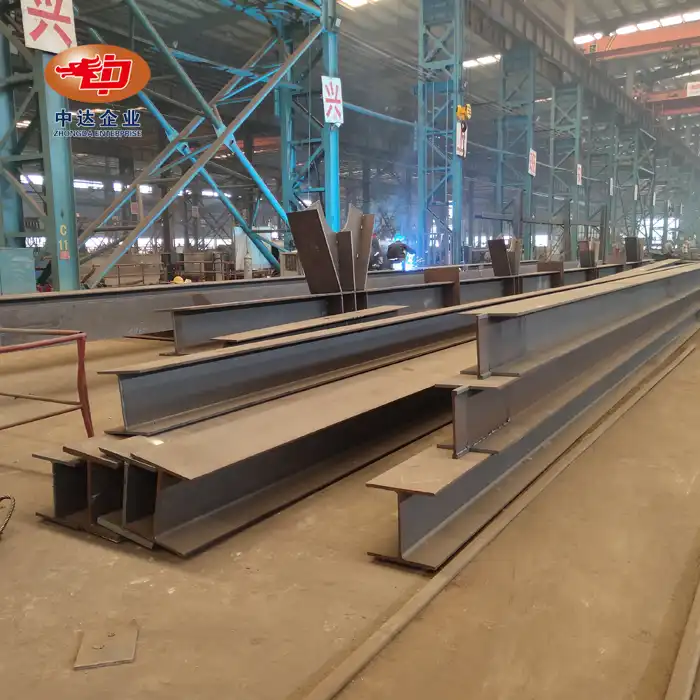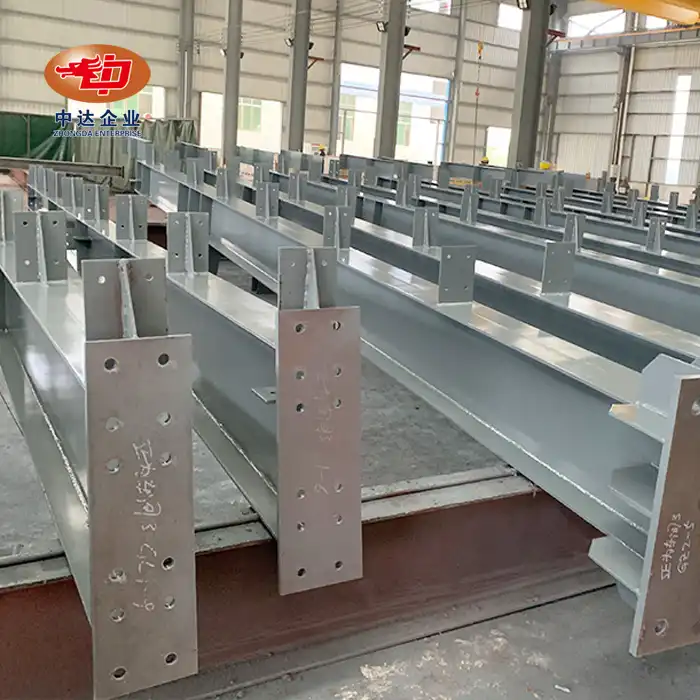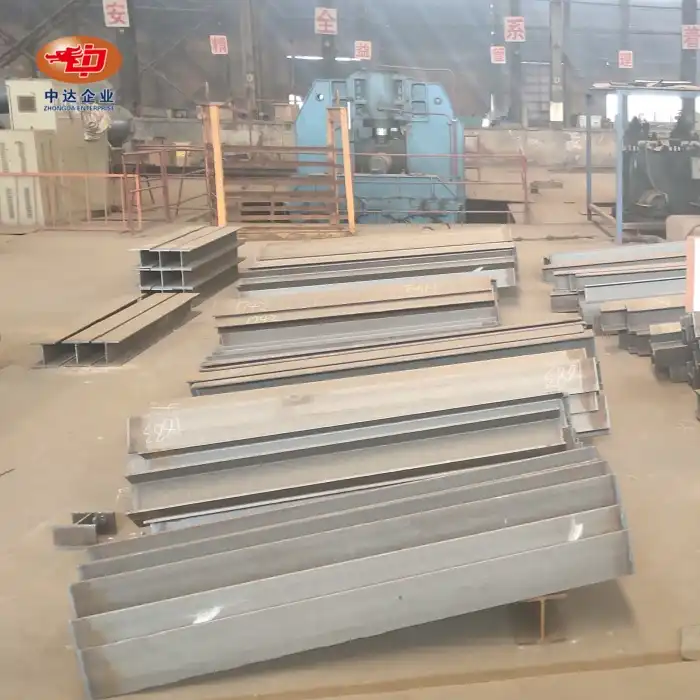At Zhongda Steel, we understand the challenges of coastal environments. Our expertise in -60°C Weathering Steel Anti-corrosion Technology and precision steel solutions makes us uniquely equipped to address gas tank corrosion issues. With our BIM-driven prefabrication and ultra-thick plate cutting capabilities, we deliver innovative, durable solutions that stand up to the toughest environmental conditions.
Understanding Coastal Corrosion Mechanisms
The Science Behind Salt Spray Corrosion
Coastal environments pose a significant threat to gas tanks because of the persistent presence of salt spray, which contains a mixture of salt particles, moisture, and oxygen. This combination accelerates the natural oxidation process of metals, leading to faster corrosion. The chloride ions found in seawater are especially harmful, as they can penetrate and break down the protective oxide layers on the metal surface. This penetration initiates pitting corrosion, a highly localized form of attack that can quickly undermine the structural strength of the tank.
Factors Influencing Corrosion Rates
Several environmental factors determine how rapidly corrosion progresses in coastal regions. Frequent temperature changes cause condensation cycles on metal surfaces, intensifying corrosion. Additionally, wind patterns affect how much salt is deposited onto the tank, directly influencing corrosion rates. Humidity is another important factor, as higher moisture levels increase the duration that metal surfaces remain wet, providing the ideal conditions for corrosion to occur. A thorough understanding of these elements helps in designing effective corrosion mitigation techniques.
Impact of Marine Microorganisms
Marine microorganisms significantly contribute to corrosion, although their effects are often underestimated. These organisms form biofilms on the surface of metal tanks, creating microenvironments that promote corrosion processes. Certain bacteria within these biofilms produce corrosive substances such as acids, which degrade the metal more rapidly. This biologically influenced corrosion can cause severe damage if left untreated. Therefore, it is vital to include strategies addressing microbial activity when developing a comprehensive approach to coastal corrosion prevention.
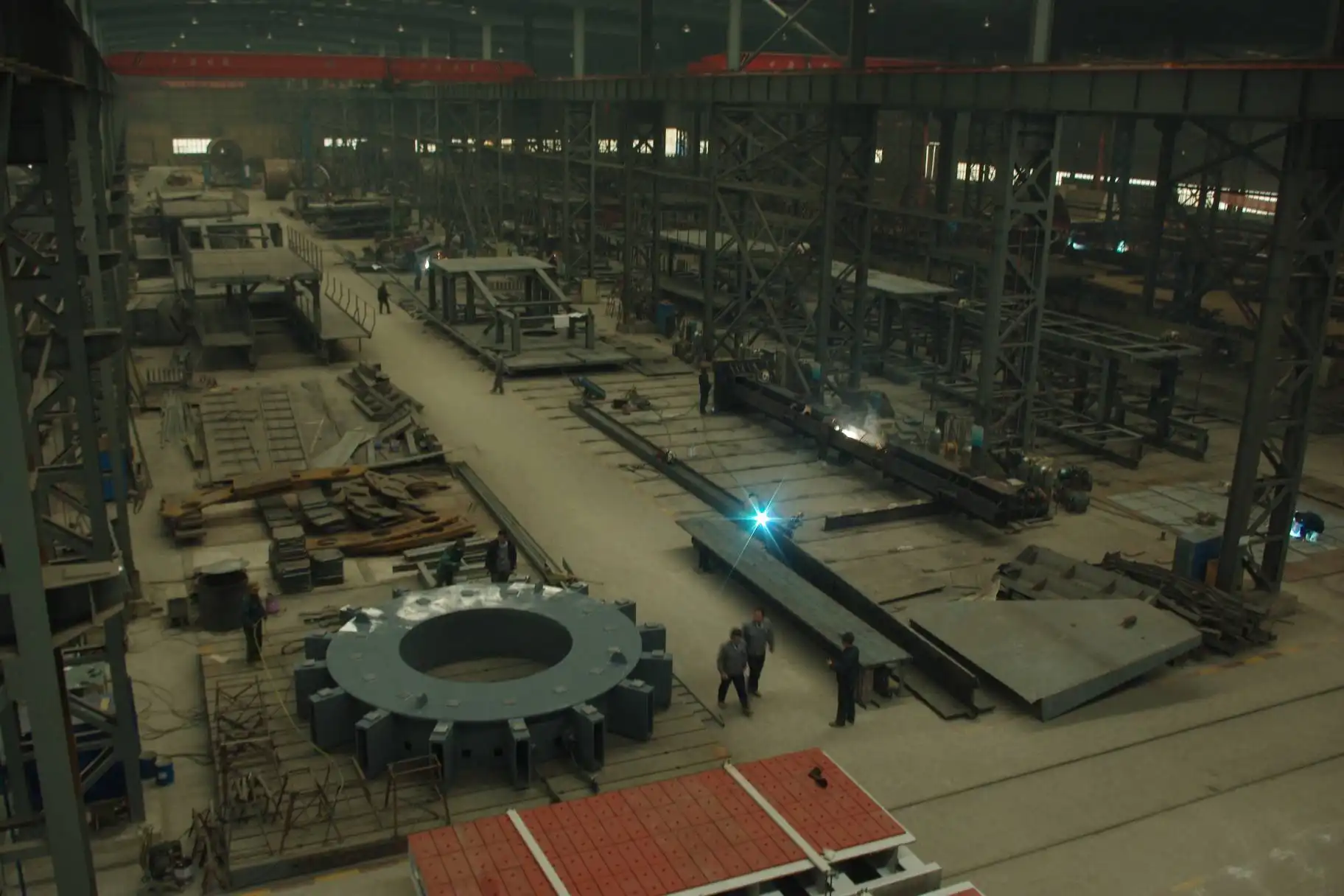
Material Selection and Design Considerations
Choosing Corrosion-Resistant Alloys
Selecting the right material is paramount in combating coastal corrosion. Low-carbon steels like Q345R, with carbon content ≤0.20%, offer improved resistance to electrochemical corrosion. However, they still require additional protection. Stainless steels, particularly duplex grades, provide excellent resistance to chloride-induced corrosion. For extreme environments, consider nickel-based alloys or titanium, though cost may be a limiting factor.
Innovative Coating Technologies
Advanced coating systems serve as a critical barrier against salt spray for metal structures such as gas tanks. Fluorocarbon coatings offer superior chemical resistance and longevity. Epoxy-based coatings, when properly applied, provide excellent adhesion and corrosion resistance. Emerging technologies like graphene-enhanced coatings show promise in extending protection lifespans. Regular inspection and maintenance of these coatings are essential to ensure their continued effectiveness.
Structural Design for Corrosion Mitigation
Thoughtful design can significantly reduce corrosion risks. Minimize water traps and crevices where salt and moisture can accumulate. Incorporate adequate drainage and ventilation to prevent moisture buildup. Consider modular designs that allow for easier inspection and component replacement. Zhongda Steel's expertise in BIM-driven prefabrication enables us to optimize designs for corrosion resistance while maintaining structural integrity.
Preventive Measures and Maintenance Strategies
Implementing Cathodic Protection Systems
Cathodic protection is a highly effective method for controlling corrosion in metal structures such as gas tanks and storage tanks. It works by making the steel structure the cathode of an electrochemical cell. Sacrificial anode systems use materials like zinc, magnesium, or aluminum to corrode in place of the protected surface. For larger tanks, impressed current systems provide adjustable protection through an external power source. Continuous monitoring and periodic adjustments are essential to ensure the system's efficiency and to prevent under- or over-protection.
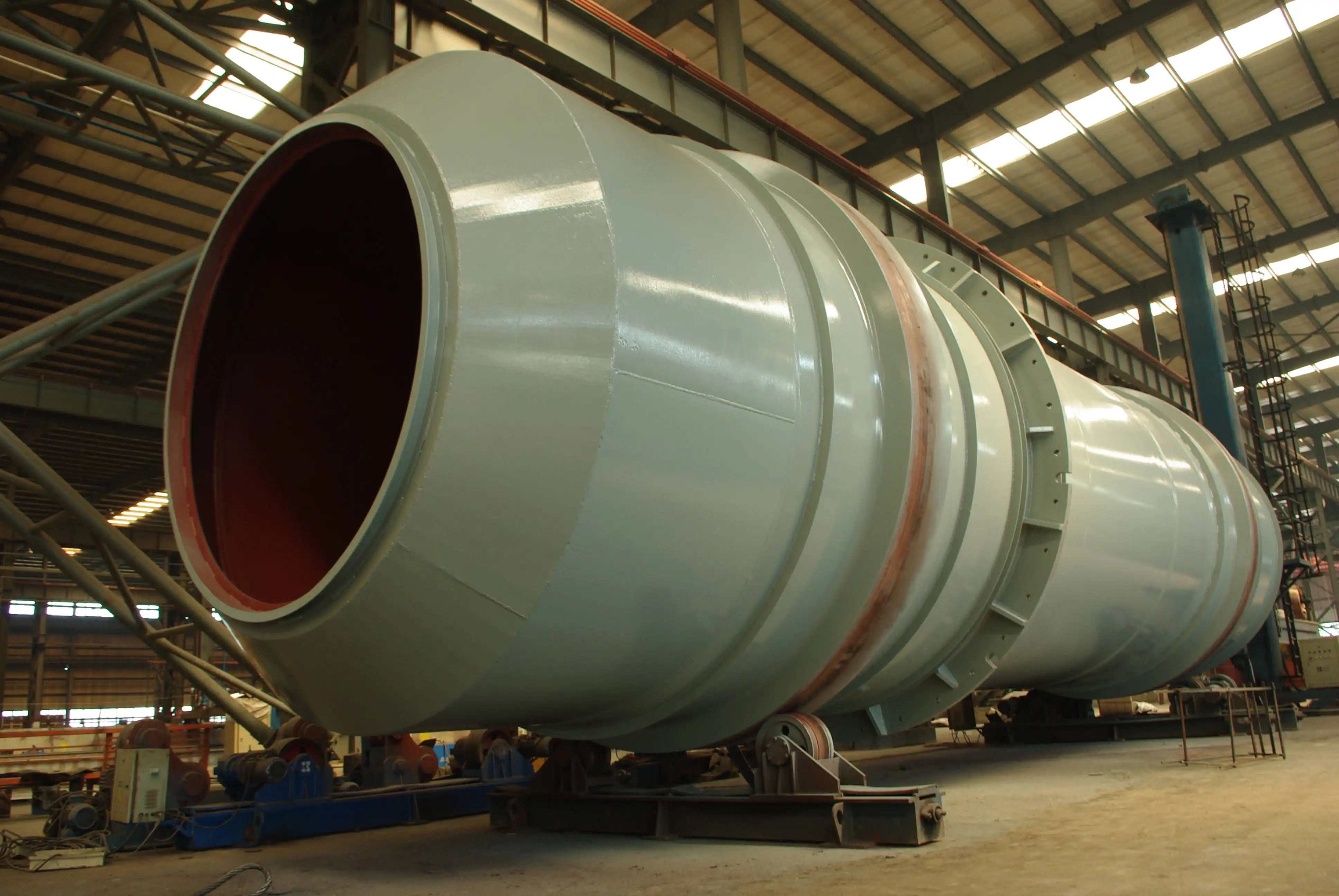
Regular Inspection and Cleaning Protocols
Proactive inspection and cleaning routines are vital in maintaining tank integrity and preventing corrosion-related failures. Scheduled inspections using non-destructive testing (NDT) techniques - such as ultrasonic thickness gauging, dye penetrant tests, or magnetic particle inspections - allow for early detection of material loss or coating damage. Cleaning practices, including high-pressure fresh water washing, help eliminate corrosive contaminants like salt and dust. However, great care must be taken to avoid damaging protective coatings during cleaning, as compromised surfaces can accelerate corrosion rates significantly.
Environmental Control Strategies
Environmental control measures provide an additional layer of defense against corrosion, especially in harsh or coastal environments. Dehumidifiers can be installed in enclosed spaces to maintain relative humidity below 50%, limiting moisture-driven corrosion processes. Protective structures such as windbreaks, shelters, or sacrificial barriers help minimize direct exposure to salt spray, rain, and airborne pollutants. For highly sensitive or mission-critical installations, enclosing tanks in climate-controlled environments may be a worthwhile investment, significantly enhancing service life and reducing long-term maintenance costs.
Conclusion
Preventing gas tank corrosion in coastal salt spray environments demands a comprehensive approach. By selecting appropriate materials, applying advanced coatings, implementing cathodic protection, and maintaining rigorous inspection and maintenance protocols, the lifespan and safety of gas tanks can be significantly extended. The key lies in understanding the specific challenges of your environment and tailoring solutions accordingly. With proper planning and ongoing vigilance, the corrosive effects of coastal environments can be effectively mitigated.
Contact Us
At Zhongda Steel, we're committed to delivering innovative, durable solutions for challenging environments. Our expertise in weathering steel technology and precision manufacturing positions us as a trusted partner in combating coastal corrosion. For tailored advice on protecting your gas tanks or to explore our range of corrosion-resistant steel solutions, contact us at Ava@zd-steels.com. Let's work together to ensure your infrastructure stands strong against the harshest coastal conditions.
References
Smith, J. (2022). "Coastal Corrosion: Mechanisms and Mitigation Strategies." Journal of Marine Engineering, 45(3), 278-295.
Chen, L., et al. (2021). "Advanced Coatings for Corrosion Protection in Marine Environments." Progress in Organic Coatings, 152, 106-118.
Rodriguez, A. (2023). "Cathodic Protection Systems for Gas Storage Tanks: A Comprehensive Review." Corrosion Science, 188, 109-124.
Wang, Y., et al. (2022). "Biofilm-Induced Corrosion in Coastal Industrial Structures." Biofouling, 38(2), 145-160.
Patel, R. (2021). "Design Considerations for Corrosion-Resistant Gas Tanks in Saline Environments." Materials and Corrosion, 72(5), 786-801.
Thompson, K. (2023). "Environmental Control Strategies for Extending Asset Lifespans in Coastal Regions." Corrosion Engineering, Science and Technology, 58(4), 301-315.











